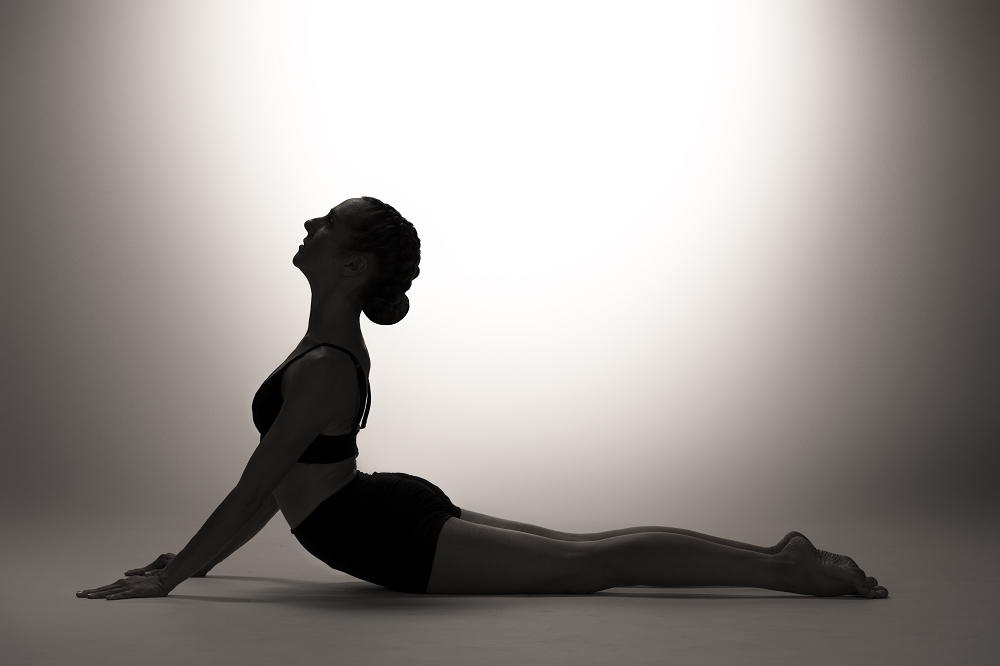Table of Contents
In an age where visual storytelling reigns supreme, yoga photography has emerged as a captivating niche, blending the grace of yogic postures with the finesse of photographic artistry. Yoga, with its deep-rooted spiritual and physical dimensions, offers an unparalleled subject for photographers who aim to capture serenity, strength, and flexibility in motion. Whether it’s an intimate indoor session or an awe-inspiring outdoor landscape, the fusion of yoga and photography results in breathtaking images that resonate with mindfulness and tranquility.
As more individuals embrace yoga in their daily lives, the digital space has witnessed a surge in online yoga classes, making the practice more accessible than ever. The benefits of online yoga have revolutionized wellness routines, offering flexibility and inclusivity to practitioners worldwide. This article delves into the intersection of yoga and photography, highlighting how photographers can authentically capture the essence of this ancient practice while embracing the growing digital yoga movement.
The Aesthetic Appeal of Yoga Photography
Yoga photography isn’t just about capturing asanas; it’s about telling a story of movement, breath, and stillness. The aesthetic appeal lies in several key elements:
1. Composition and Symmetry
Yoga postures are naturally symmetrical, making them visually appealing. A well-balanced composition, utilizing the rule of thirds or golden ratio, enhances the elegance of the pose. Photographers can use leading lines to draw attention to the yogi’s form, creating a harmonious and aesthetically pleasing image.
2. Lighting and Mood
Natural light plays a crucial role in yoga photography. Golden hour shots, whether during sunrise or sunset, lend a soft, ethereal glow that accentuates the fluidity of movement. Indoor shoots with controlled lighting can create a dramatic effect, emphasizing strength and focus.
3. Backdrop and Environment
The setting in yoga photography significantly impacts the narrative. A tranquil beach, a lush forest, or an urban rooftop each tells a different story. Background elements should complement, not distract, from the main subject.
The Evolution of Yoga: From Traditional to Digital
Historically, yoga was an intimate practice, passed down through generations in ashrams and yoga studios. However, with the rise of digital platforms, yoga has undergone a remarkable transformation. The benefits of online yoga have made it easier for individuals to integrate mindfulness into their busy lives without the constraints of location and time.
Key Advantages of Online Yoga:
- Accessibility: Practitioners can join classes from anywhere in the world.
- Flexibility: Classes are available on-demand, fitting into varied schedules.
- Diversity: A wide range of instructors, styles, and levels cater to every individual’s needs.
- Affordability: Online yoga eliminates travel costs and expensive studio memberships.
- Comfort: Practicing from home fosters a stress-free environment, boosting confidence and consistency.
For photographers, this digital transition means greater opportunities to document yoga in diverse settings, showcasing the adaptability and inclusivity of the practice.
Essential Techniques for Capturing Yoga Photography
1. Emphasizing Flow and Movement
Unlike static portraits, yoga photography thrives on capturing fluidity. Utilizing slow shutter speeds can create a dreamlike blur that illustrates movement, while burst mode ensures every micro-moment of a pose is preserved.
2. Highlighting Emotion and Mindfulness
A great yoga photograph conveys emotion—whether it’s the deep concentration of a challenging asana or the blissful relaxation of Savasana. Encouraging the subject to focus on their breath and internal awareness results in confidence and expression.
3. Choosing the Right Gear
- Camera: A DSLR or mirrorless camera with a fast lens (e.g., 50mm f/1.8) is ideal for crisp shots with a shallow depth of field.
- Lens: A wide-angle lens for full-body shots and a telephoto lens for capturing details like hand mudras or facial expressions.
- Tripod & Remote Shutter: Useful for self-portraits or long exposure shots.
Storytelling Through Yoga Imagery
Each yoga photograph should tell a compelling story. Whether it’s a beginner struggling with their first Downward Dog or an advanced practitioner in a gravity-defying inversion, every image should evoke an emotion. Photographers can craft narratives by capturing sequences rather than standalone poses, documenting the journey from preparation to completion of an asana.
The Intersection of Yoga Photography and Social Media
In today’s digital age, social media platforms like Instagram and Pinterest have become powerful tools for showcasing yoga photography. With yoga influencers and wellness brands leveraging online content, high-quality images play a crucial role in engagement and brand building.
Optimizing Yoga Photography for Online Platforms:
- Use Hashtags: Popular yoga-related hashtags increase visibility.
- Engage with the Community: Commenting and interacting with fellow yoga enthusiasts fosters connections.
- Consistent Aesthetic: A cohesive feed with a signature style enhances brand recognition.
Conclusion
Yoga photography is an inspiring art form that beautifully blends movement, mindfulness, and visual storytelling. As the practice of yoga continues to evolve, embracing digital platforms enhances accessibility and engagement. The benefits of online yoga have redefined wellness routines, making it easier for individuals worldwide to practice at their convenience. For photographers, this presents an exciting opportunity to document yoga in its many dimensions—whether through serene portraits or dynamic action shots.
Ultimately, the magic of yoga photography lies in its ability to capture the essence of inner peace and physical mastery. By understanding composition, lighting, and storytelling, photographers can create images that transcend the visual, resonating deeply with audiences and inspiring them to embark on their own yoga journey.

